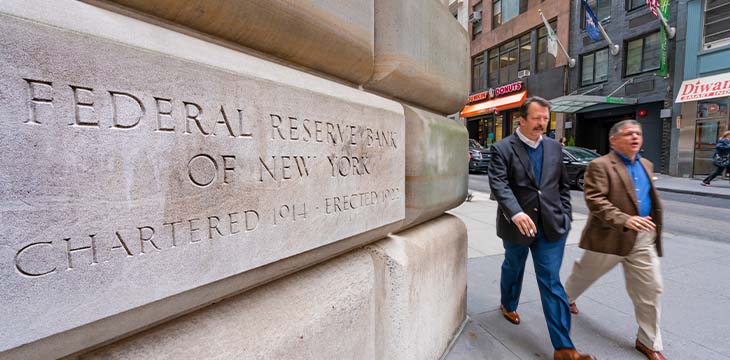|
Getting your Trinity Audio player ready...
|
The New York Federal Reserve (NY Fed), in conjunction with the Bank for International Settlements (BIS) Innovation Hub, is looking into the use of central bank digital currency (CBDC) to streamline the settlement times of foreign exchange (FX) transactions.
The exploration is part of Project Cedar, an experiment conducted by the BIS to test the worthiness of wholesale CBDC in cross-border transactions. During the experiment, it was established that FX settlements can take place within 10 seconds by using blockchain technology.
Aside from faster transaction times, the experiment noted that blockchain offered round-the-clock payments, which could provide a range of benefits for the industry.
“Project Cedar Phase I revealed promising applications of blockchain technology in modernizing critical payments infrastructure, and our inaugural experiment provides a strategic launch pad for further research and development regarding the future of money and payments from the U.S. perspective,” noted Per von Zelowitz, the Director of New York Innovation Center (NYIC).
The collaboration between the NY Fed and the BIS Hub noted that blockchain and a wholesale CBDC could protect $8.9 trillion daily from risk apart from shortening FX settlement times. A report released in July notes that in some regions, “The potential losses are in excess of bank supervisory capital,” with the U.K. being the most adversely affected.
Project Cedar Phase did not explore the issues of privacy, scalability, and programmability. However, the report noted that in the next iteration of the study, they would be given the utmost priority.
DLT is changing the face of cross-border transactions
Around the world, several experiments are being conducted into the viability of DLT and CBDC in cross-border settlements spearheaded by BIS. The body recently concluded the MBridge CBDC project featuring the central banks of China, Thailand, Hong Kong, and the United Arab Emirates (UAE).
The mBridge project was a resounding success, having processed well over 20 million cross-border transactions in the six weeks it operated.
“mBridge demonstrates that it is realistic to aim for a tailored multi-CBDC platform solution to tackle the limitations of today’s cross-border payment systems,” BIS noted upon completion of the pilot.
Project Mariana, a new experiment featuring the central banks of France, Switzerland, and Singapore, integrates elements of decentralized finance with CBDCs. Under the pilot, the use of automated market makers (AMMs) will be deployed to automate FX markets and settlements.
The BIS is currently carrying out Projects Dunbar and Jura in its quest to improve multilateral settlements.
To learn more about central bank digital currencies and some of the design decisions that need to be considered when creating and launching it, read nChain’s CBDC playbook.
Watch: The BSV Global Blockchain Convention presentation, CBDCs and BSV

 12-17-2025
12-17-2025 




